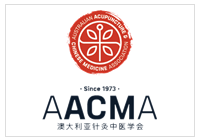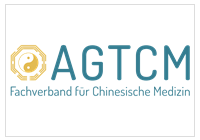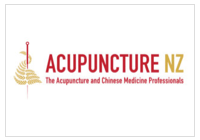Acupuncture is Point Specific
A free version of this class (no certificate and no CEUs) is available here.
What you will learn
- Explore the fMRI brain research on specific acupuncture points showing blood oxygen level dependent (BOLD) activations and deactivations.
- Highlight the work of Dr Poney Chiang which demonstrates that every acupuncture point has distinct innervation.
- Review research on acupuncture points for nausea and vomiting and how they influence serotonin, dopamine and activity of nucleus tractus solitarius.
- Examine comparative point research on acupuncture points influencing bladder contraction, chemotherapy-induced anorexia, and blood pressure.
- Compare and contrast modern point indications for PC 5, PC 6 and PC 7.
Course Overview
Does it matter where you stick the needles?
The concept of acupuncture point specificity has been challenged by some critics; however, there are now multiple strands of evidence which confirm that every point and its clinical actions are unique.
Scientific Evidence for Acupuncture Point Specificity
This research includes fMRI brain scans showing that every acupuncture point, when stimulated, produces distinctive patterns of activations and deactivations. The pioneering work of Dr Poney Chiang clearly demonstrates that every acupuncture point has unique innervation. Clinical studies have shown that even similar points such as CV 12, ST 36 and PC 6 have different actions on nausea and vomiting.
Modern Acupuncture Point Selection: Rules vs. Specific Indications
Modern acupuncture point selection is generally based on a collection of general “rules” such as
- generalisations about point categories (eg: Ying-Spring points clear Heat),
- correspondence theories (eg: Five Phases),
- and in recent times, point “functions” or “actions” (eg: Clears Damp-Heat).
However, the historical literature listed specific indications for every point.
Circa 280 CE The Systematic Classic of Acupuncture and Moxibustion (Zhen Jiu Jia Yi Jing) listed indications for all 349 included acupuncture points, and since then, the historical literature has shown remarkable consensus around point indications, which, in turn, has informed our contemporary acupuncture text books.
Why Point Specificity Matters for Clinical Success
When point selection is based only on general rules or point functions, much critical clinical detail is lost. When indications drawn from historical and modern texts aligns with the targeted symptom, this leads to better clinical outcomes. Acupuncture point specificity has major implications for clinical success.
This course is approved for CEUs by:
Course Content
About the Teacher










